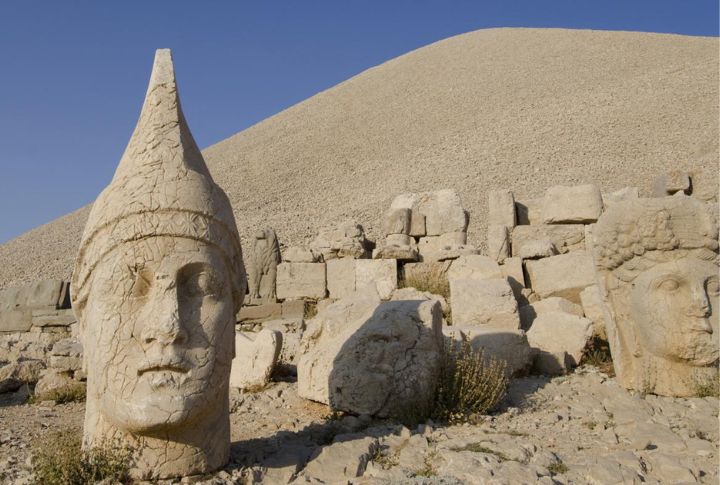
Power in the ancient world never stayed calm for long. One empire surged, another strained, and rulers kept testing limits until the ground shifted under them. The tension in these falls still lingers because each collapse grew out of choices that unfolded quickly. Keep reading and follow how every dominant state reached the moment everything slipped.
The Mighty Hittites
Suppiluliuma I expanded Hittite influence across Anatolia through the use of iron weapons and a firm central rule. However, drought cut food supplies, and raids broke communication lines. The Sea Peoples attacked coastal towns while inland groups expanded their reach. Pressure arrived faster than recovery, and major Hittite centers lost the ability to hold territory.
The Roman Empire
Roman reach once spread widely, yet order slipped as leadership changed quickly and money troubles deepened. Border defenses weakened during the disorder, giving Germanic groups space to advance toward Rome. A Visigoth strike further sped the decline. The last Western ruler fell in 476 AD, marking the end of Roman authority over the region.
Persia’s Grand Ambitions
Cyrus the Great established a vast Persian realm by appointing governors and constructing long-distance roads. Local customs stayed protected under Persian oversight, which gave the empire steady support. Alexander broke that structure with direct assaults on major strongholds. Repeated defeats also removed central coordination, and Achaemenid rule ended without a workable path back.
China’s Han Dynasty
The Han rule encouraged papermaking and trade routes, thereby supporting robust cultural growth. Rival factions inside the court turned tension into unrest across provinces. Large uprisings followed, giving ambitious warlords more space than the court could control. Unity fractured, and the shift created the opening that led to the Three Kingdoms era.
The Mesopotamian Marvels

Sumer gained early strength through irrigation networks and cuneiform records. But, farm soil turned salty over time, which lowered harvests and weakened city support. Akkadian expansion spread during this strain, and later Elamite attacks deepened the collapse. Once food and defenses declined together, Sumerian cities could no longer regain their earlier influence.
Babylon
Hammurabi’s era laid the early foundations, supported by a legal code that shaped daily life in the Old Babylonian kingdom. Long after that dynasty faded, a later Babylonian revival rose under Nebuchadnezzar until Persian forces under Cyrus took the city and ended the Neo-Babylonian state. Scholars kept charting the sky, yet political power shifted entirely to Persian rule.
The Greek City-States
Influence across the Aegean rose through independent cities rather than a single crown, and Athens led that cultural wave through open debate and civic involvement. The conflict with Sparta dragged on for years and drained strength across Greece. Macedonian rulers advanced soon after and imposed firm control, ending the self-governed structure that once defined the region.
The Assyrian Empire
Assyria thrived through power, discipline, and relentless expansion, while resentment quietly echoed through its provinces. Eventually, the Medes and Babylonians recognized how vulnerable the empire had become. Their combined push toppled Nineveh, and once that stronghold fell, the empire lacked the stability to rebuild.
Alexander The Great
Alexander made decisions that pushed his armies into Persian strongholds with surprising speed, building an empire across huge distances. But no lasting system held those regions together. His sudden death also opened space for generals who claimed separate territories. Their disputes ended any chance for unity and closed the short era created under his command.
Egypt’s Eternal Kingdom
Pressure led Egypt toward decline once coastal attacks by Sea Peoples disrupted trade routes and internal groups challenged royal authority. The New Kingdom had reached wide influence through confident armies and large building programs, yet later shortages weakened regional stability. Power broke apart as it splintered toward smaller realms during the Third Intermediate Period.

